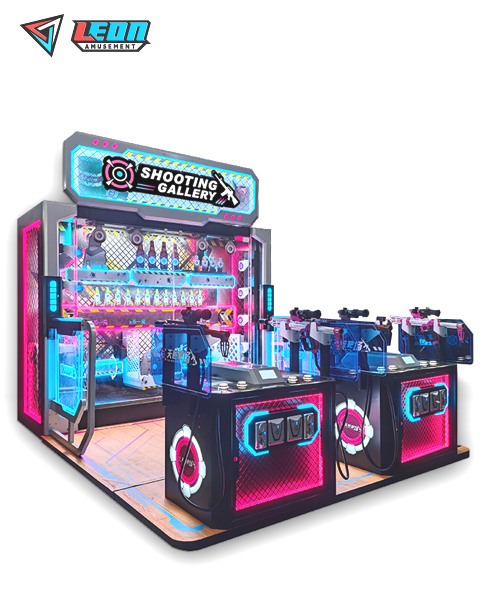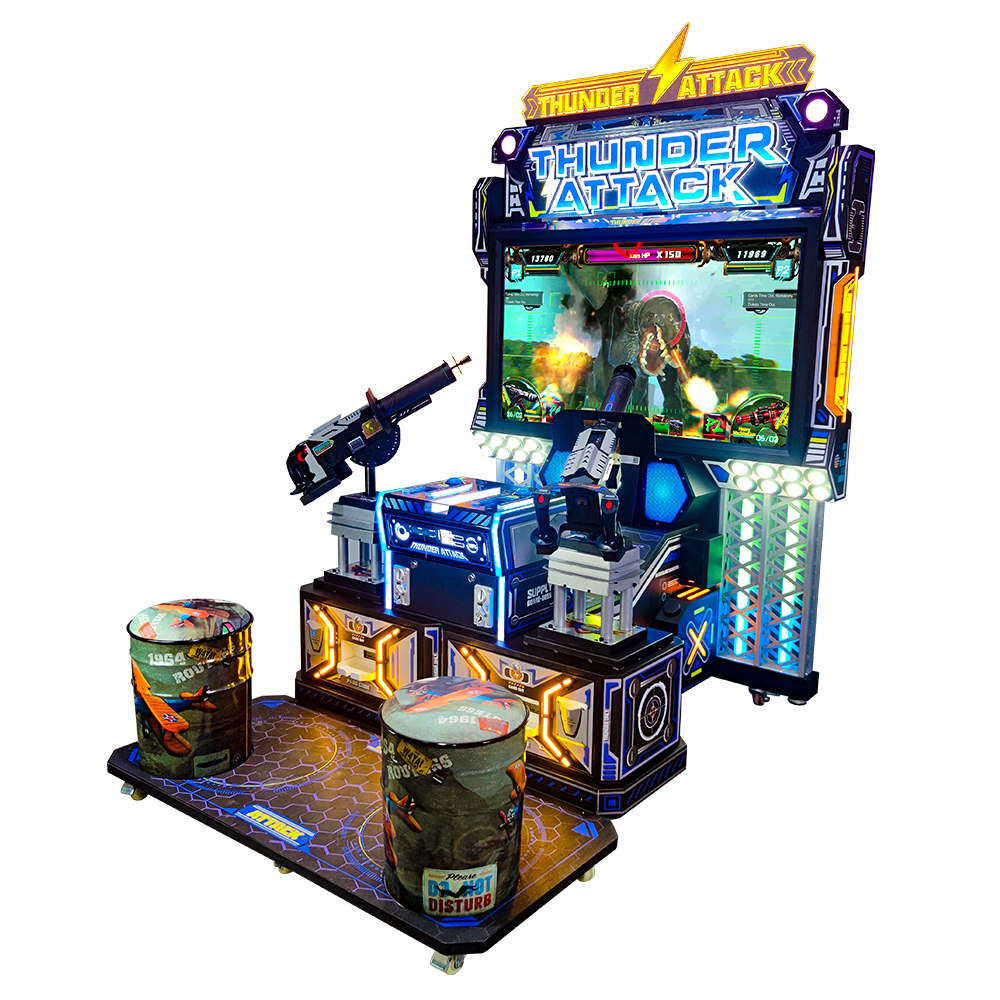The key to earning money back on arcade games is based on heavy expense management and revenue drivers. Take the medium-sized arcades as a small example, which need 300–500k RMB (storage and venue rent included) for them to start. One machine can only be played by about 50 players a day, each player playing for 5 RMB every time they play. Reckoned on this basis, it receives an income of at least $250 per day. Revenue on a daily basis would be 7500 RMB with the presence of 30 machines. Operators can also make money off of advertising partnerships and membership systems in addition to direct payments. For instance, a 600 RMB per year membership will increase customer loyalty and maximize their future revenue.
Table of Contents
ToggleInitial Investment and Cost Structure
Before planning to create a video arcade game business, organizations should calculate the investment of opening. These costs can be broken down into 3 parts: equipment, location and maintenance.
Equipment Costs: Different types and game content of an arcade machine imply that the price per unit is also different. A simple competitive arcade costs around 2,000 to 5,000 RMB in unlimited value, while the complex racing simulator possibly requires more than 10KRMB. If a merchant wants to place 30 machines in an area of 100 square meters, the total equipment investment will reach RMB 300K-RMB500K.
Venue Rental and Maintenance: Rental Prices vary by location. In a Beijing 3-ring road underground mall the area that you can only accept around RMB50-80K rent per month. Other ongoing expenses include maintaining and improving equipment. Each machine has an annual maintenance cost of 500 to 1,000 RMB (75 USD–180 USD), and as the service life reaches its end period – normally after 3-5 years; machines tend to be outdated or ineffective.

Revenue Models and Income Sources
The operation mode of the arcade game itself is quite simple, but the diversification of income sources by another operator’s profitability sword. There are typically three sources of income: direct payments, ad revenue, and ancillaries.
Direct Payments: Direct payments are the traditional form of revenue generation for arcade games. Each round usually costs around 5RMB to play when every person plays. A single arcade machine can receive 50 people per day, with a daily income of 250 RMB. For example, at the venue of 30 machines can get revenue up to (frequency) RMB7,500 per day and nearly monthly gain about ~RMB225k.
Advertising Revenue and Partnerships: Many operators form partnerships with local brands to advertise in the venue, positively impacting revenue. Advertising partners on a monthly basis can reward anywhere from 5,000~10,000 yuan. Another interesting revenue stream is working with game developers to release temporary in-game events when players have a reason to spend more money and receive additional rewards.
User Behavior Analysis and Revenue Optimization
In order to generate passive revenue streams from arcade games, one has to have complete insights into user behavior. With the help of accurate data interpretation, companies, in this case, can also amplify their operational strategies and increase revenue.
Game Time and Spending Habits: On every game on an arcade, any person desired to play for 5–7 minutes. If every player stays, on average, 1 hour in the venue, they will play around 8 to 10 games. Suppose player retention can go up as a result. In that case, the site should see considerably more revenue coming in. The addition of social interaction factors, such as establishing multiplayer battles, can boost stickiness and repeated consumption by giant margins.
Data-Driven Operational Decisions: smart data analysis systems can monitor the usage of every machine and player’s preferences in real time, thus optimizing the game layout and operating strategies. A data analysis example where an arcade discovered that racing games were the most popular but had the fewest simulators, so they added more driving sims, which increased usage of their gear by 25% and how overall revenue was up 15%.

Market Positioning and Operational Strategies
Positioning the market and adopting differentiated operation strategies is important in this competitive arcade market. Here are all the tools you need to adapt to market changes and meet your target audience.
Precise Market Positioning: arcades can position themselves to reach their audience. The other end of that spectrum are venues catering to young urban professionals who would rather kick back in their suits after a long day at work or on weekends, and casual puzzle games rule. Of visitors to an arcade in a Shanghai mall, 80% are aged between 18 and 35 so it focuses mainly on hot shooting or music games.
Differentiated Operations: A competition can help arcades differentiate themselves and keep customers coming back. Certain operators also hold arcade game competitions once a month, with enough people coming to join in the competition that revenue for those days can increase by 30% over normal revenues. Some tips you may need to implement, such as creating a membership system in the game, can be useful for players back more often than they really want. For example, a Shenzhen arcade has launched an annual membership system with 600 RMB, and members can get each game at half price to increase the consumption frequency of loyal customers.








